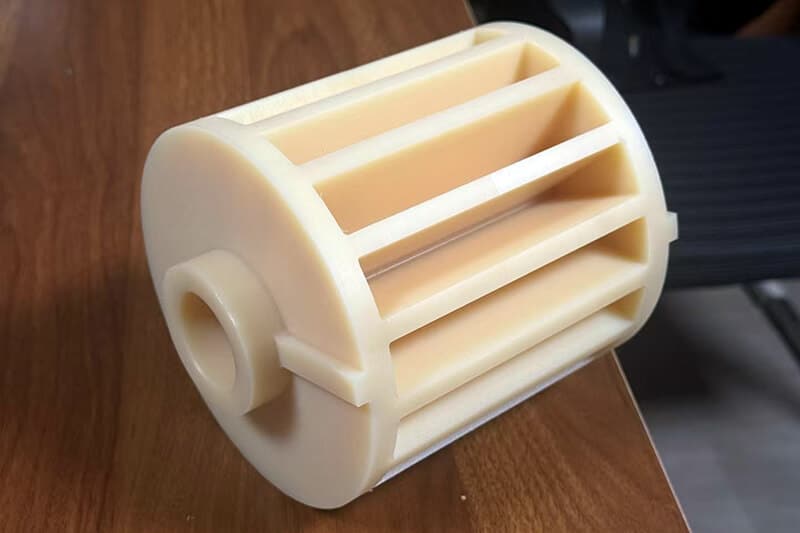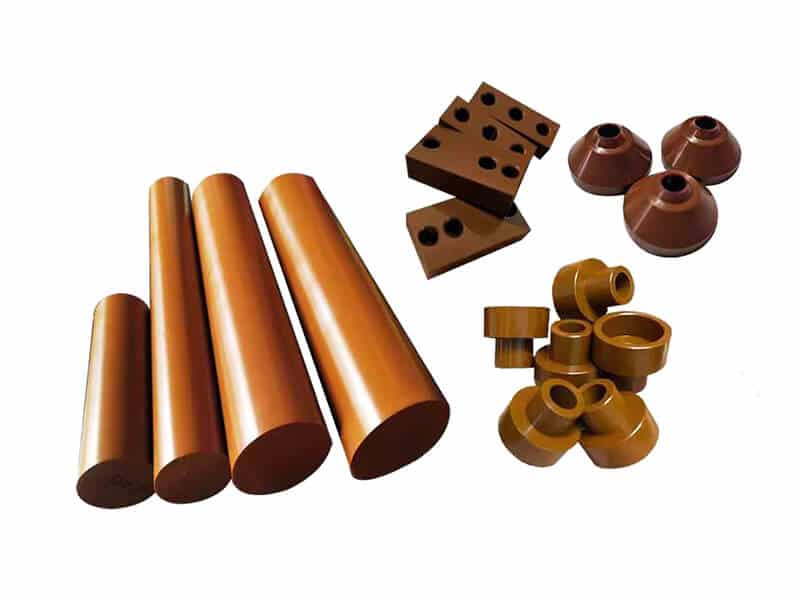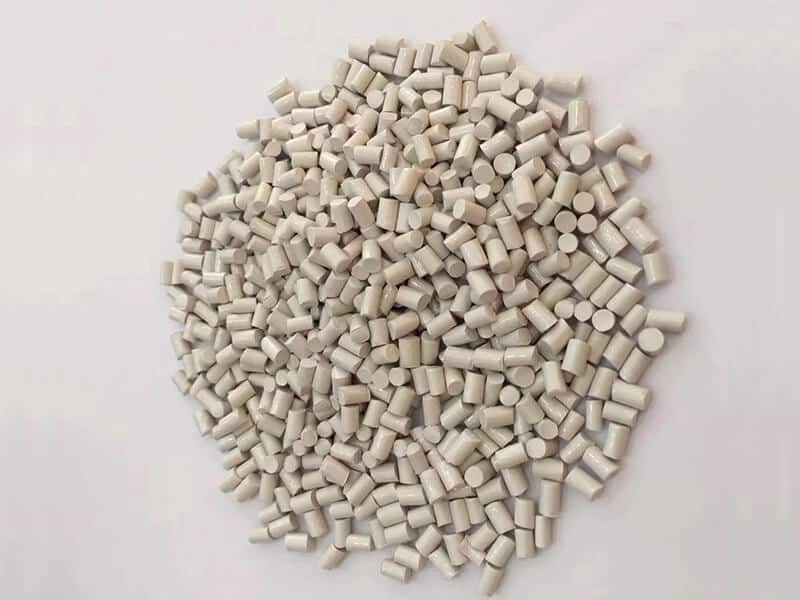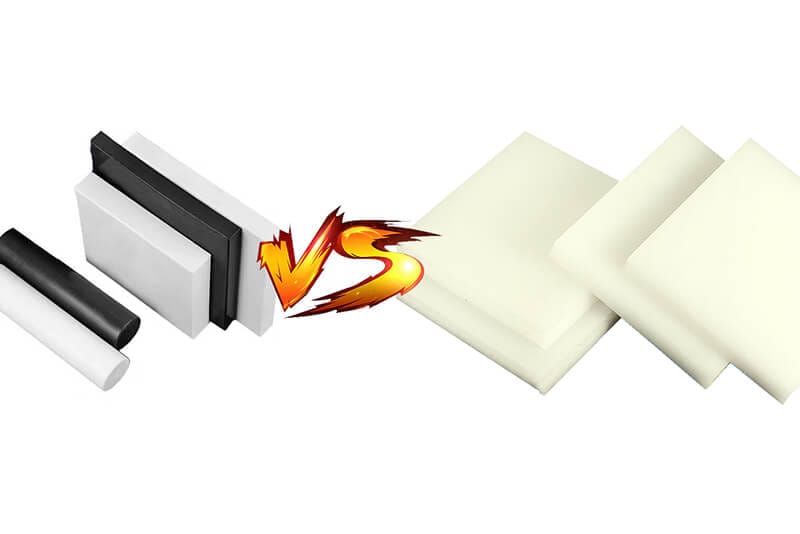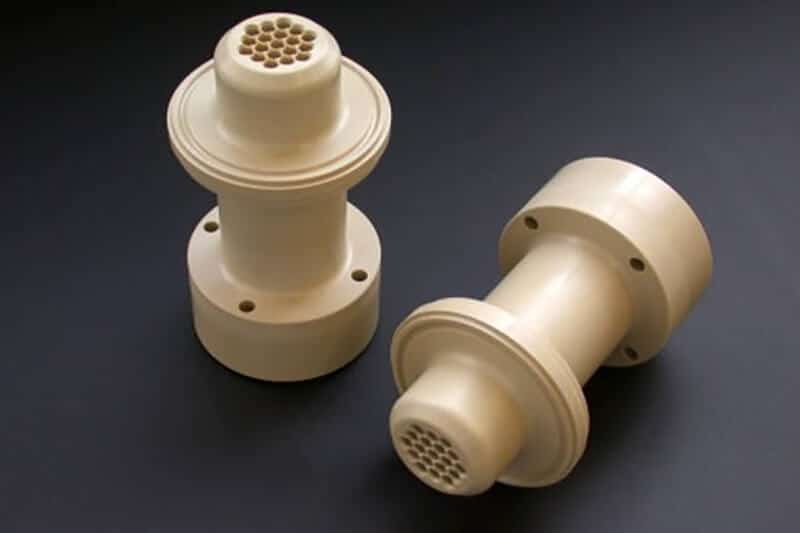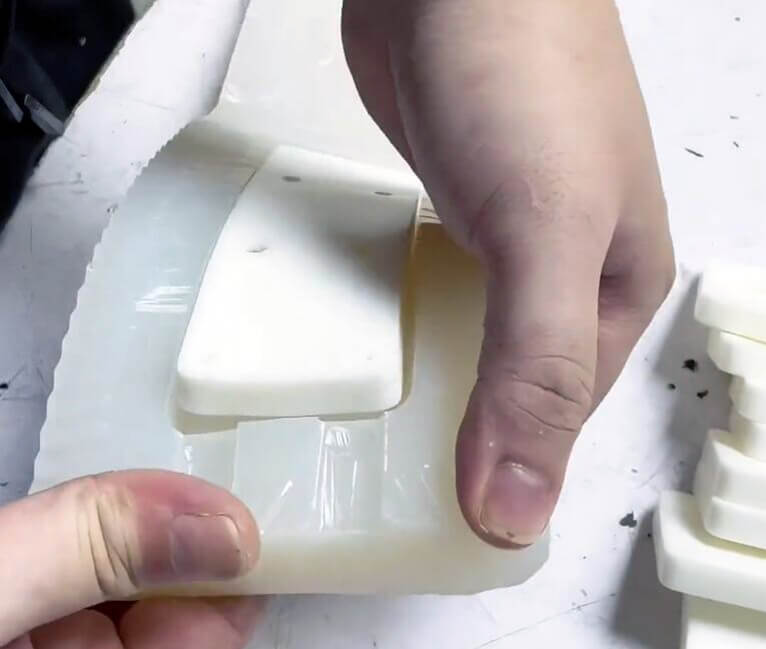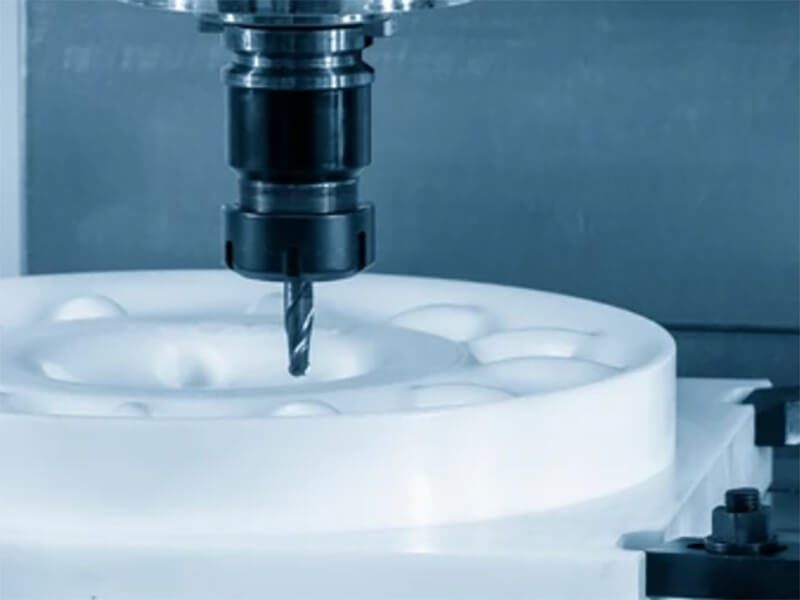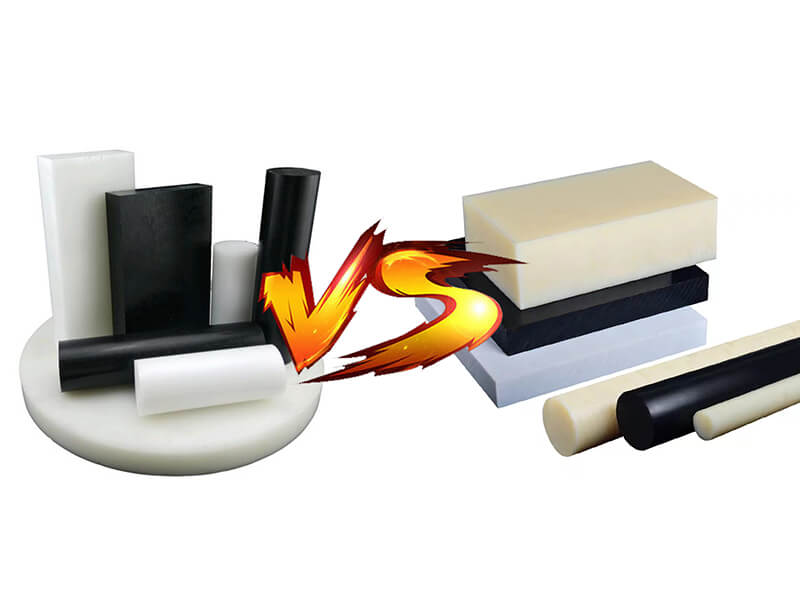How Polyimide Boosts Aerospace and Electronics
Learn why polyimide is a key material in aerospace and electronics, valued for its thermal stability, flexibility, and strength under extreme conditions.

Polyimide parts and components have been proven capable of meeting the precise and critical requirements of sensitive industries like aerospace and electronics. This is due to their exceptional thermal stability, mechanical strength, high insulation, superb chemical resistance, and other advantages.
This small introduction does not help uninformed professionals understand how polyimide boosts the aerospace and electronics industries. Here, we will share our experts’ observations to help professionals choose polyimide as a construction material.
Basics of Polyimide
Polyimide is a polymer that can also act as a thermopolymer. Marston Taylor Bogert and Roemer Rex Renshaw invented this material’s original version in 1908, but DuPont is the main character here.
DuPont applied some development processes to improve its usability and started to market in the 1960s. Polyimide has gradually become a reputed construction material for advanced engineering applications, including the aerospace and electronics industries.
Key Properties
The following properties have made polyimide a top choice for preparing aerospace and electronics applications parts.
Polyimide in the Aerospace Industry
The aerospace industry is considered a high-ranked advanced engineering sector. In this industry, machines are manufactured for the harshest conditions. Spacecraft, satellites, supersonic jets, etc., are all products of the aerospace industry, and they encounter extreme conditions throughout their lifespan.
With greater thermal stability, excellent dielectric capacity, solid molecular structure, and many more, polyimide is now an essential construction material for all these aerospace applications’ parts and even large to tiny components of many parts.
Essentialities of Polyimide Use in Aerospace
The following are the essentialities of polyimide in aerospace applications.
Exceptional Thermal Stability
Many aerospace applications experience extreme heat while forcing to break the gravity of a rocket-launched satellite, a supersonic jet’s engine area parts, or areas of the application that encounter extreme friction, producing high heat conditions.
Logically, the parts of the sensitive areas of various aerospace applications require construction materials that can withstand high heat. Polyimide’s heat-resistant characteristics above 500°C make it the perfect material for high heat conditions.
Lightweight
Polyimide’s density ranges from 0.00545 – 1.95 g/cc, which is a low rate of self-weight. Because of this, polyimide is an ideal material for producing the major to minor components of parts that need to be reduced in weight to support the aerospace application’s performance.
Good Chemical Resistance
The considerable rate of polyimide’s chemical resistance makes it highly suitable for ground facilities of aerospace bases, manufacturing plants, etc. In these areas, harsh chemicals are used to clean, resize, etc. of parts.
So, machines in those areas encounter harsh chemicals and solvents. These machines’ parts are made of polyimide as its chemical resistance rate is very high.
Higher Rigidity
Its molecular structure is built up with strong bonds, which restrict the free movement of the molecules, making the polyimide very rigid. Additionally, Rockwell E, M, and R hardness range from 20.0 – 91.0, 20.0 – 125, and 74.0 – 129 in metric, respectively. Again, its tensile strength at ultimate ranges from 0.0480 – 345 MPa.
All these make polyimide-made components very tough to break down or tear apart. Indeed, several applications of aerospace encounter extreme pressure from the outside. In this case, polyimide-made parts or components of parts become handy.
Applications
The following are the significant polyimide applications in the aerospace industry.
Polyimide in the Electronics Industry
Like aerospace, the electronics industry also produces sensitive items closely related to mechanisms to perform daily life activities. We use many smaller, more complex, and more robust mechanisms to demand excellent thermal stability, insulation properties, and lightweightness.
In this case, there is no option except polyamide-made parts and components.
Essentialities of Polyimide Use in the Electronics Sector
The following are the in-detail discussions regarding the essentialities of polyimide in the electronics industry.
Thermal Stability
Most electronics items experience high voltage passage within milliseconds, which produces high heat. Here, the requirement is an assembly with components that do not deform or elongate at high temperatures.
Polyimide’s thermal stability is more than 500°C, making it the most suitable construction material for electronics parts.
Lightweigh
Due to its high strength-to-weight ratio and limited self-weight, polyimide is suitable for small to large electronics items, which consist of hundreds to thousands of complex parts and circuit boards full of microchips or semiconductors.
Supports Precision Engineering
Precision is key in components manufactured for the electronics industry, where even micromillimeter measurements matter. Polyimide, being structurally robust, allows for precise shaping. While it is difficult to mold initially, once shaped, it embodies precision engineering.
Applications
The following are the most popular uses of polyimide in the electronics industry.
Challenges to Use Polyimide in Aerospace and Electronics Industry
The below-listed challenges professionals can face.
Final Words
Well, now we know how polyimide boosts the aerospace and electronics industries. With its incredible properties, polyimide offers greater durability. The more outstanding durability of an aerospace or electronics application’s part means less replacement or repair of the parts or whole machine, which saves millions of manufacturers and users.
However, leading companies in the aerospace and electronics industries must allocate the funds accumulated to reveal polyimide’s hidden potential in this era of advanced engineering.
UVTECO is a leading supplier of Polyimide material in China, meantime, we supply Polyimide Sheet, Rod and machining service. If you don’t know well about Polyimide or look for a supplier of polyimide part/component, contact us now.
Related Blogs

Looking for a trustworthy Supplier
Need a Trustworthy Supplier of Plastic, Foam, Sponge, Rubber, Metal, and Machining Solution. Click the Button, We Will Be In Touch With You As Quickly As Possible.




